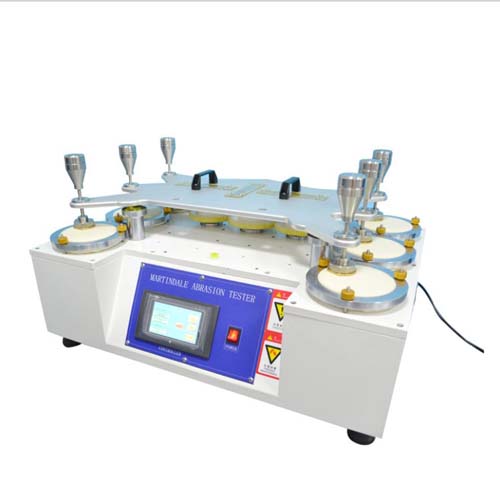- Qinsun Instruments Co., Ltd.
- Tell:+86-21-6780 0179
- Phone:+86-17740808215
- Address:No. 2578 Minhang District Gu Dai Road, Shanghai
- Contact:Mr. Li
- QQ:846490659
Principle of portable gas detector detection

1. Constant potential electrolysis type. This method is currently the most commonly used toxic gas detector, such as carbon monoxide detector. It is achieved by installing a constant potential working electrode in the electrolyte, where gas undergoes oxidation or reduction reactions, followed by reduction or oxidation reactions on the electrode. The electrode's potential changes, resulting in a current proportional to the gas concentration, and finally obtaining the concentration value.
2. Primary battery type. This type of principle is similar to a dry battery, except that the battery is a carbon manganese electrode, and here is a gas electrode. The gas is reduced at the cathode, forming electrons that then oxidize the lead metal at the anode. The current formed is directly proportional to the gas concentration, and the gas concentration is also calculated through the current.
3. Concentration battery type. The measured gas on both sides of the electrochemical cell will independently form a concentration electromotive force, and the magnitude of the electromotive force is related to the concentration of the gas. This type of sensor is most commonly used in carbon dioxide detectors.
4. Extreme current type. This method mainly uses oxygen sensors, which are essential instruments for detecting oxygen in cars. The limit current is obtained by controlling the oxygen supply to the cathode through gas diffusion, and then the concentration of oxygen is calculated through the limit current.
The working principle of the electrochemical sensor for gas detector: After external gas enters the gas detector, the gas enters the sensor and reaches the electrode through a PTFE film. Different electrochemical reactions occur according to different gases. For example, carbon monoxide gas is oxidized to carbon dioxide after reaching the electrode. The oxidation reaction causes electrons to flow from the working electrode to the electrode plate through an external circuit, forming a current that is proportional to the concentration of the gas, Next, the gas detector amplifies the current internally, outputs it for measurement, and finally displays the gas concentration on the screen.





